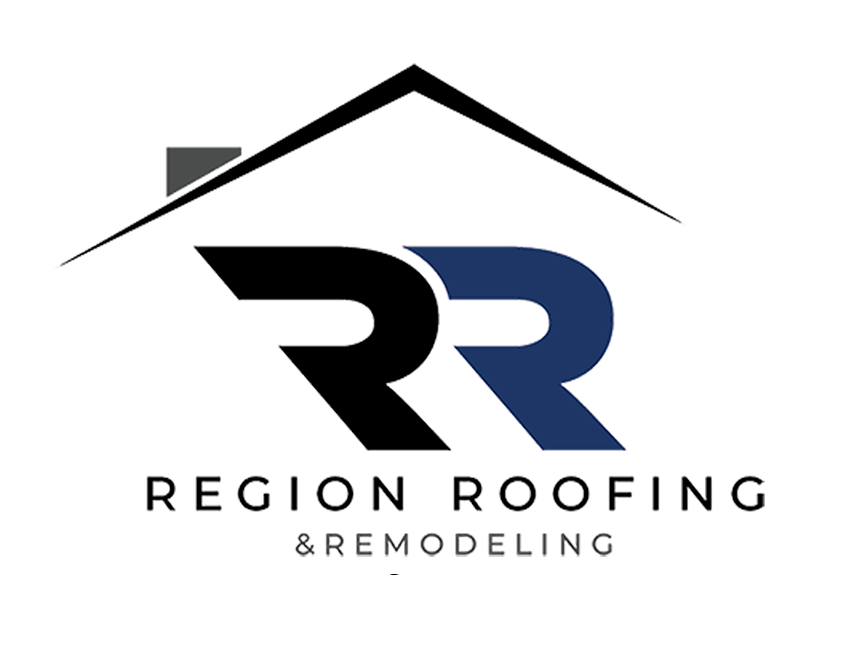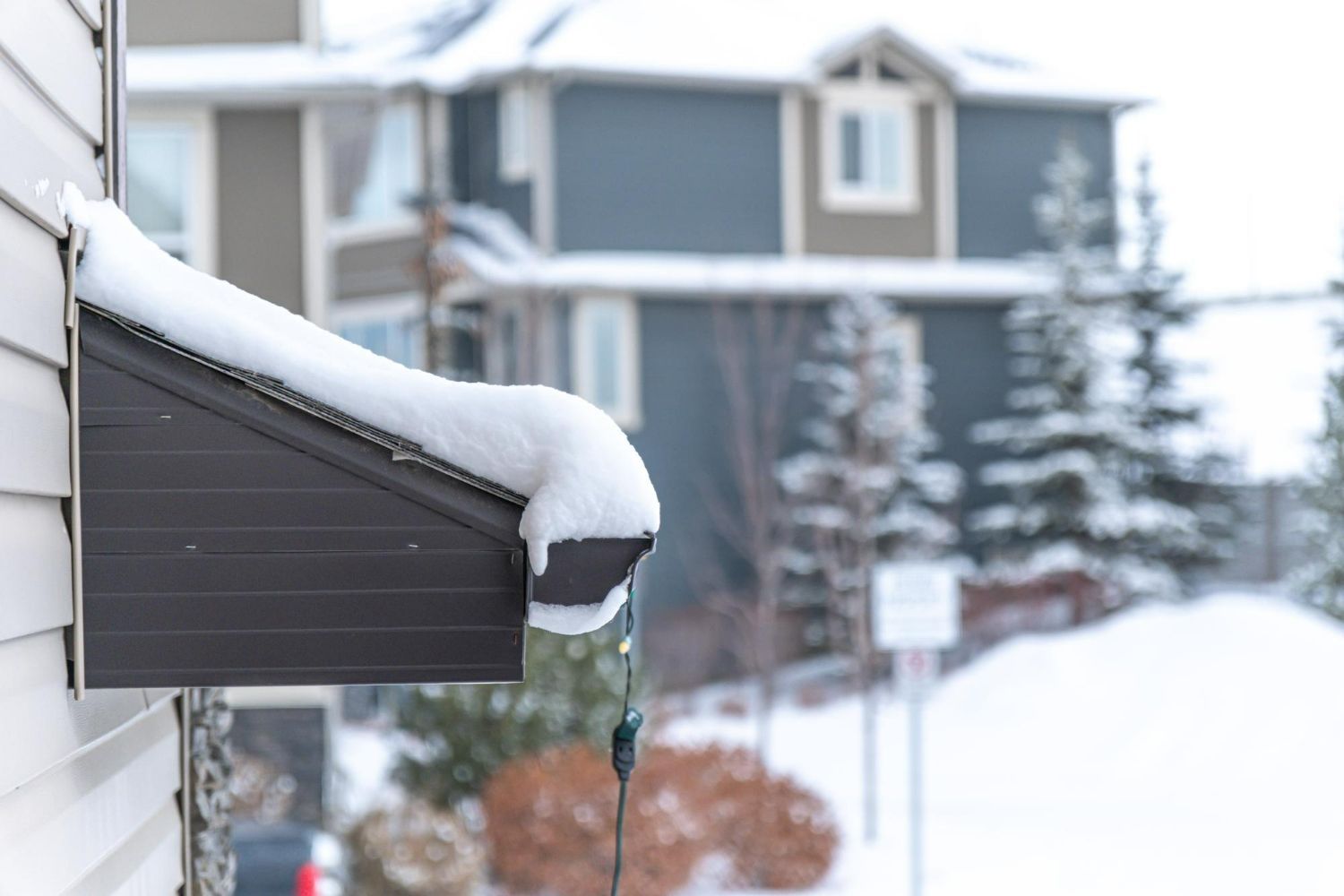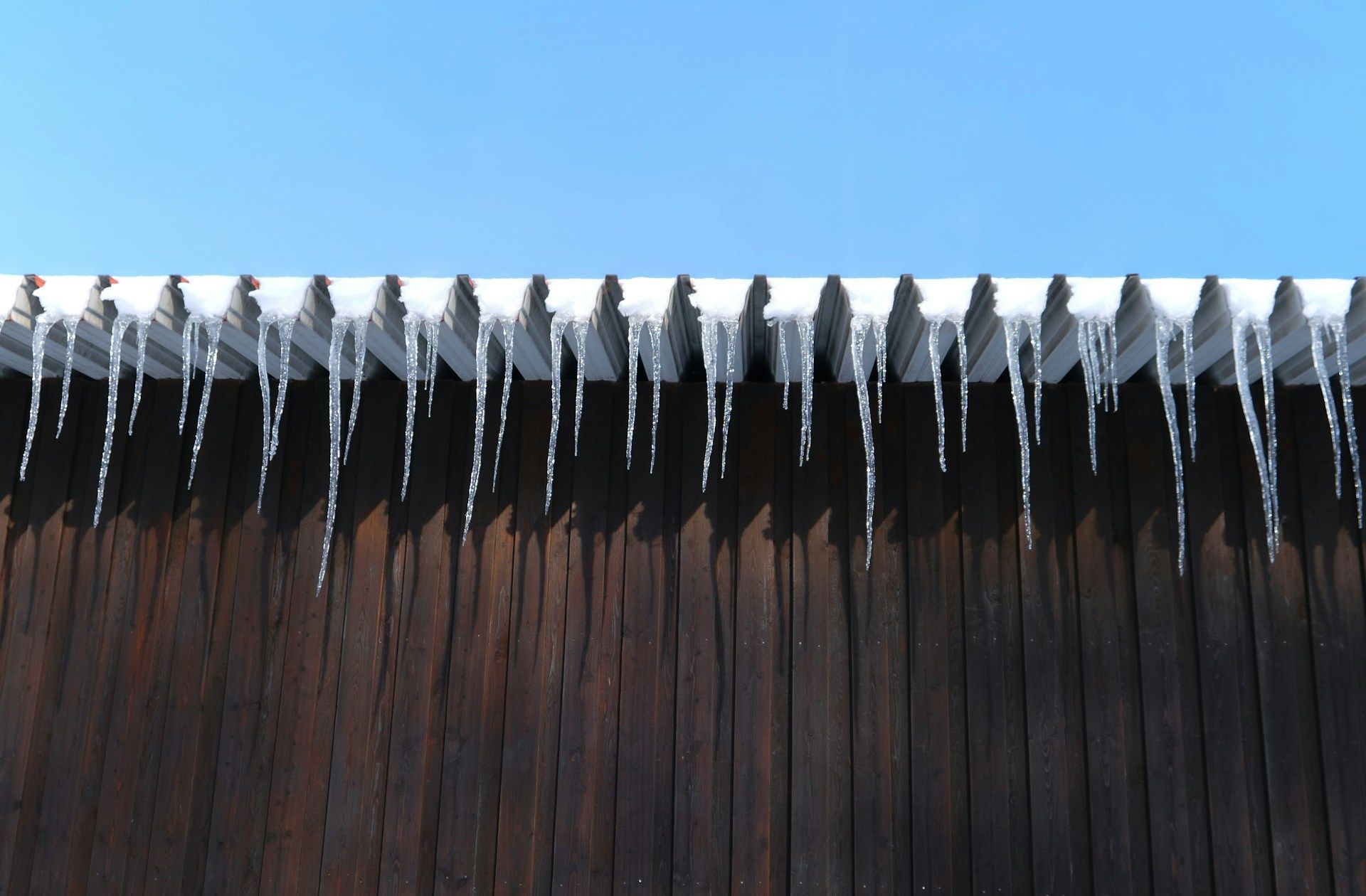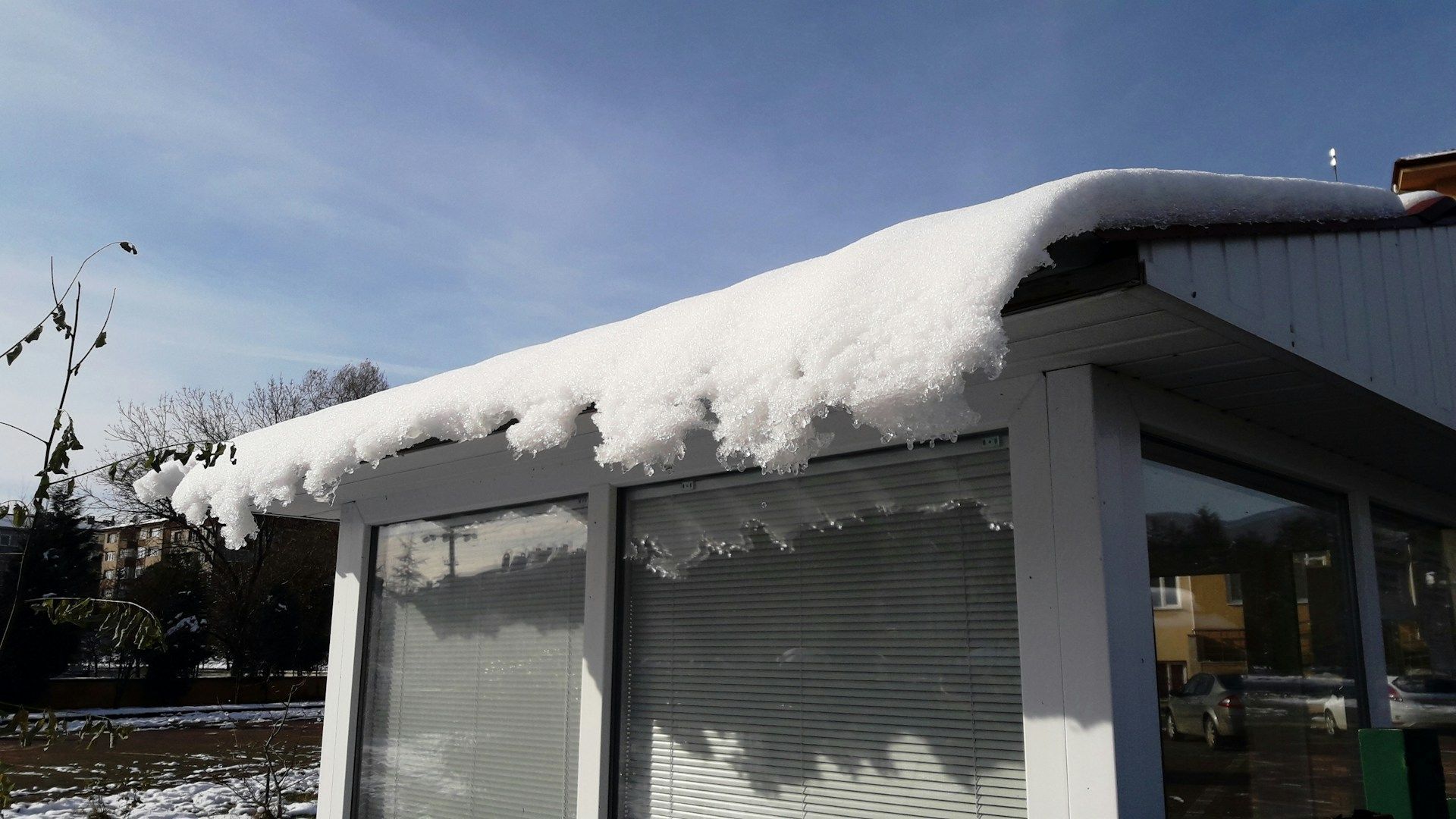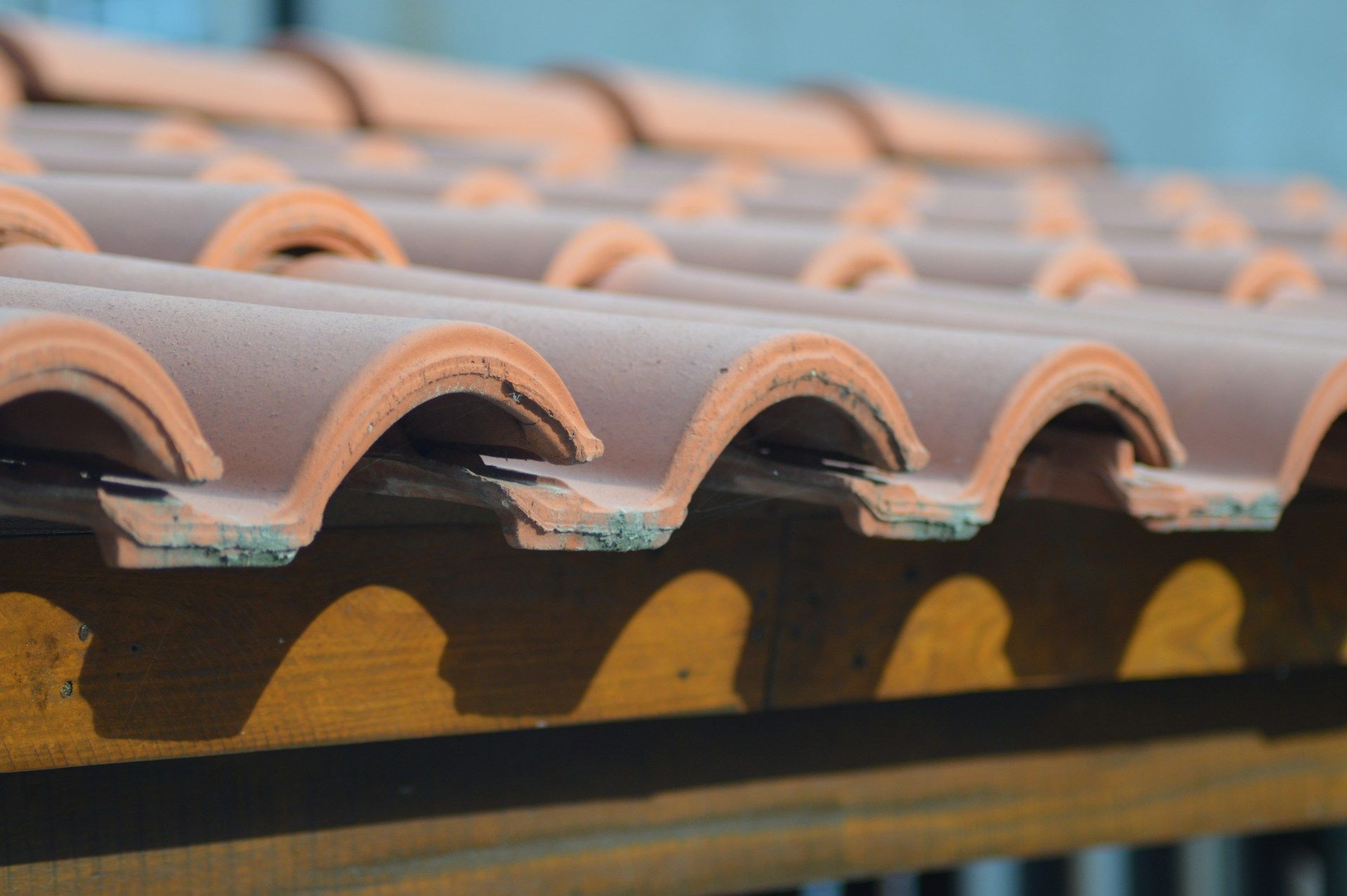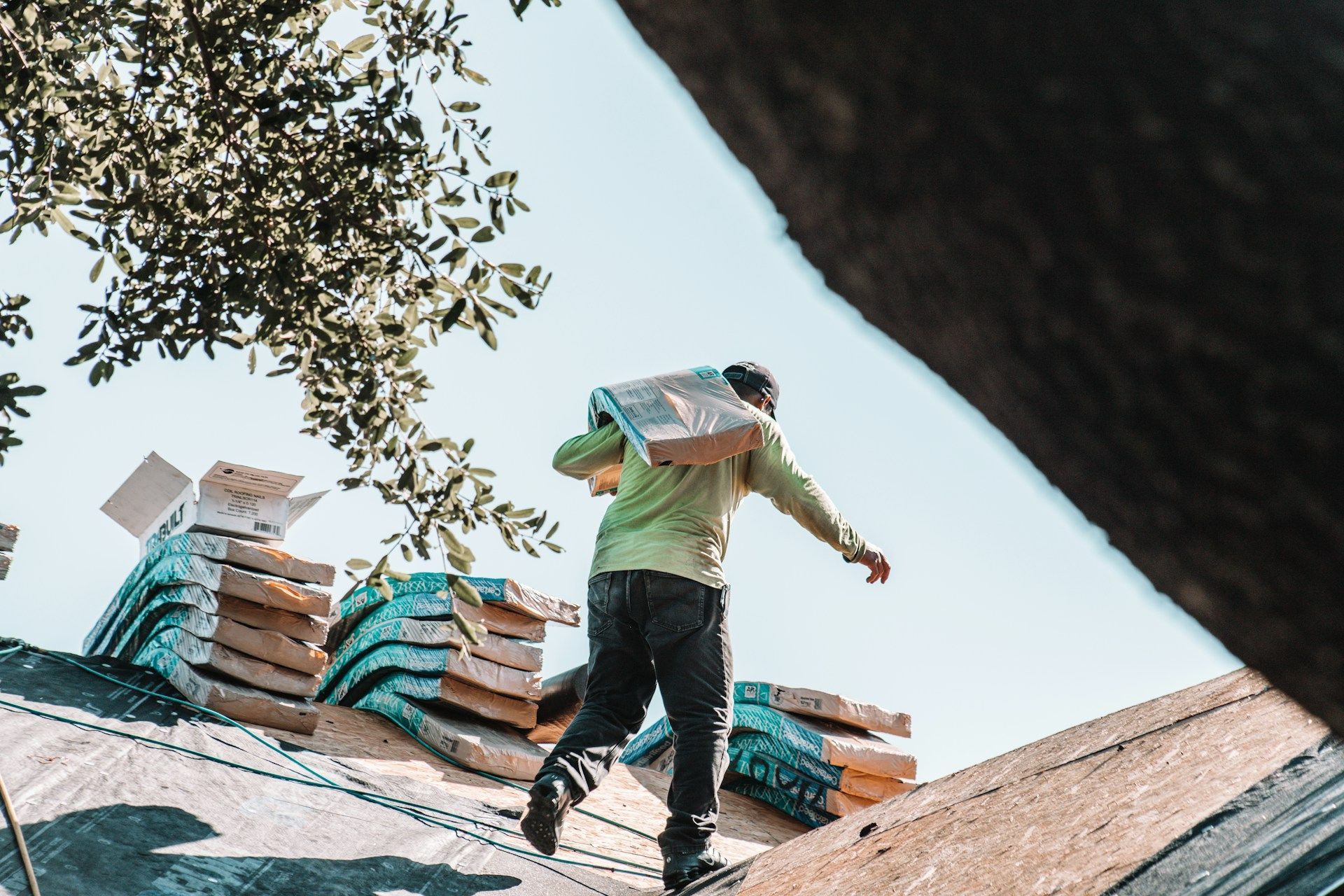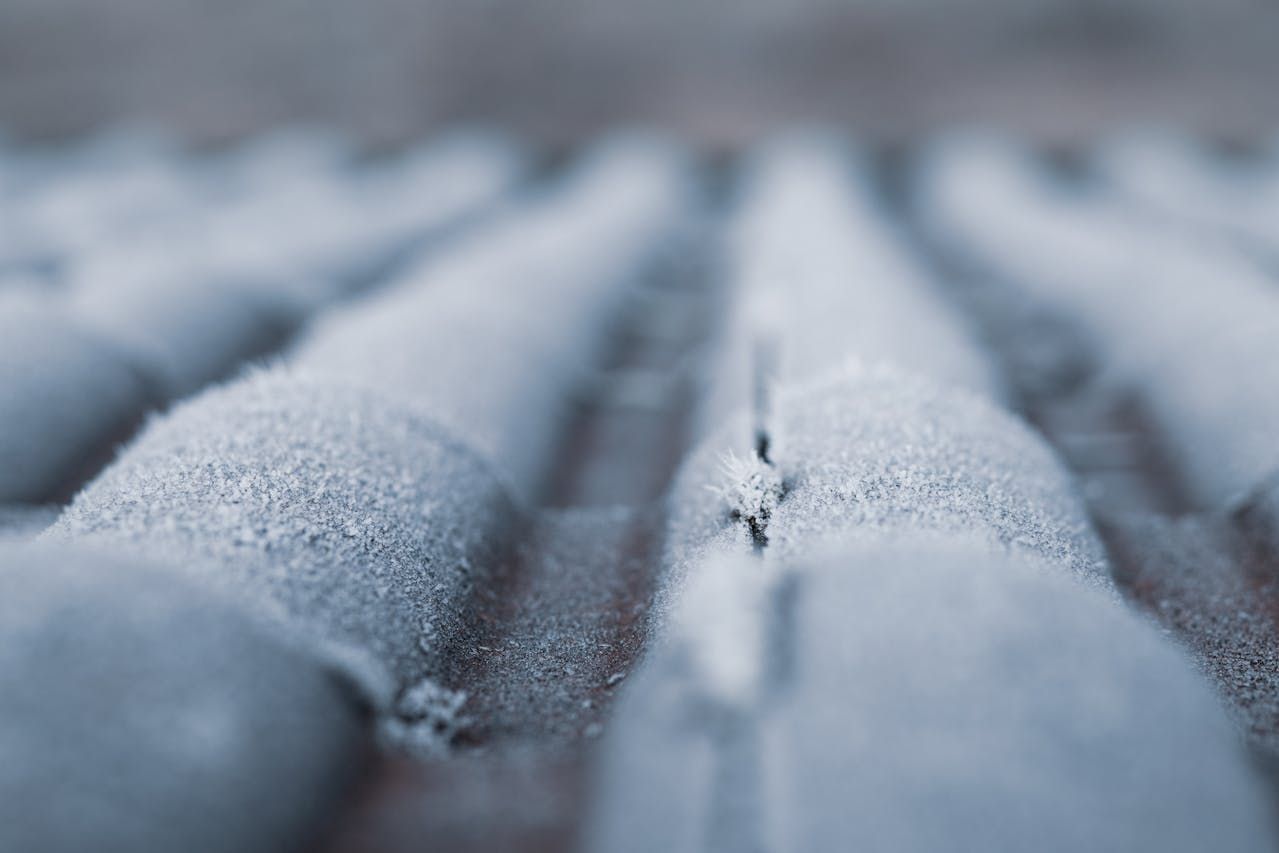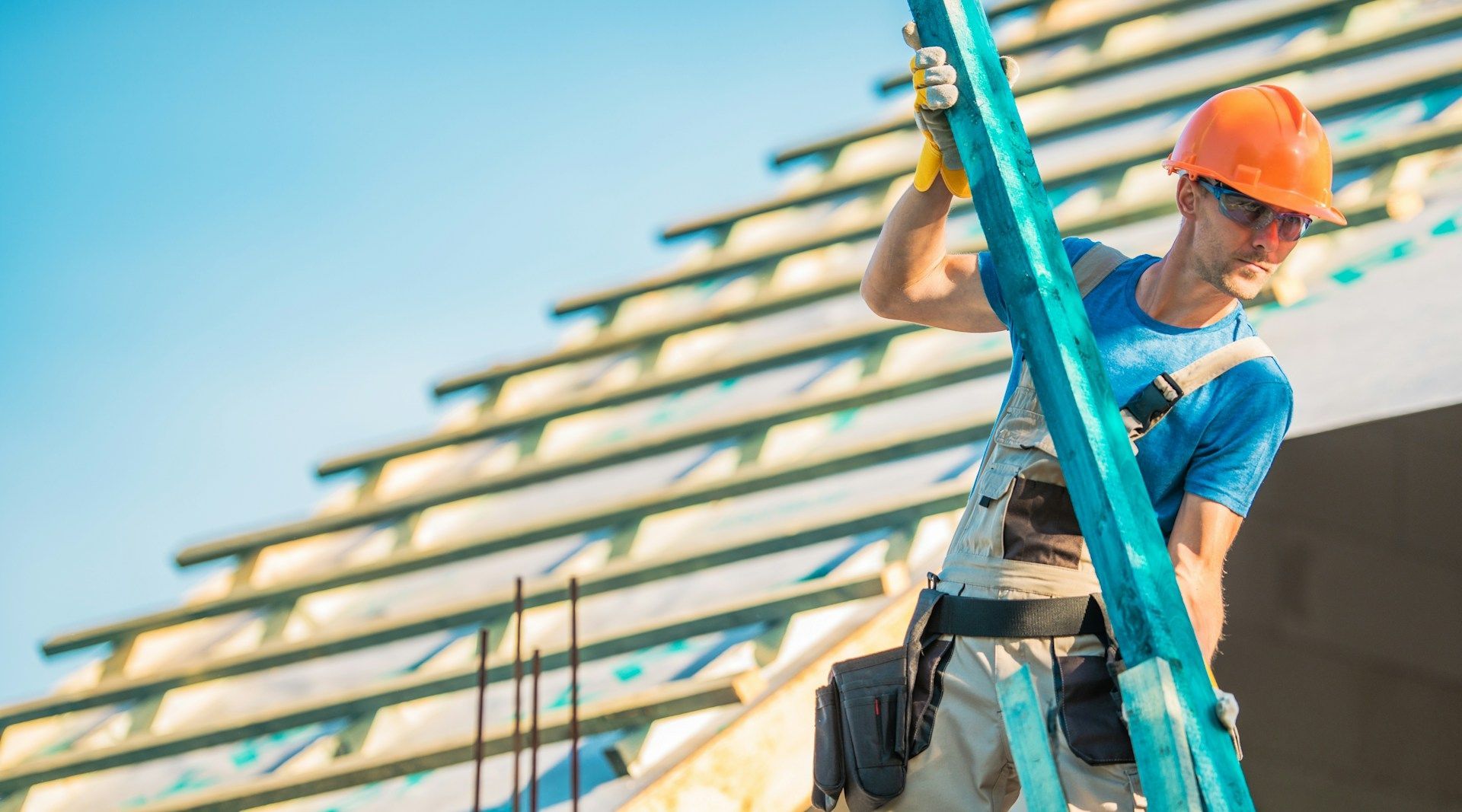How to Choose the Best Siding Material for Your Climate
The siding on your home is more than just a layer of beauty; it’s a crucial component that protects against the elements. Selecting the right siding material is essential since different climates demand different types of protection. Your choice will not only affect how your home looks but also how it withstands weather conditions over time.
Considering the climate when choosing siding can prevent many issues, including warping, rotting, and high maintenance costs. Whether you live in a hot, dry climate or a cold, wet one, knowing the best siding material for your specific environment will ensure your home remains safe and energy-efficient. This guide aims to help you understand how different climates impact siding materials and how to make the best choice for your home.
Understanding the Importance of Gutters
Gutters play an essential role in keeping our homes safe from water damage. Without gutters, rainwater can accumulate around the foundation of our homes, causing structural damage and erosion. Properly installed gutters channel rainwater away from our home, protecting it from potential harm.
In addition to foundation damage, clogged or improperly installed gutters can lead to roof leaks, basement flooding, and even mold growth inside your home. Maintaining and installing them correctly ensures that water flows smoothly away from the house. This step-by-step guide will help you understand the process of installing gutters, ensuring your home remains secure and dry.
When installing gutters, having the right tools and materials is crucial. We'll walk through what you need, the steps for a successful installation, and tips for maintaining them. Properly functioning gutters can save you a lot of headaches and protect your home from costly repairs. Let’s dive into how to install and maintain gutters effectively.
Understanding the Importance of Gutters
Gutters play a vital role in keeping our homes safe from water damage. Without gutters, rainwater can accumulate around the foundation, causing structural damage and erosion. Properly installed gutters channel rainwater away from the home, protecting it from potential harm.
In addition to foundation damage, clogged or improperly installed gutters can lead to roof leaks, basement flooding, and mold growth. Maintaining and installing them correctly ensures that water flows smoothly away from the house. This step-by-step guide helps you understand the process of gutter installation, ensuring your home remains secure and dry.
Materials and Tools Needed for Gutter Installation
Before starting the gutter installation, gather all necessary materials and tools. Here is a list to help you prepare:
Materials:
- Gutters
- Downspouts
- Brackets
- Gutter hangers
- Sealant (waterproof silicone)
- Screws
Tools:
- Measuring tape
- Ladder
- Level
- Drill
- Tin snips
- Chalk line
Having the right tools and materials will make the installation process smoother and more efficient. Make sure to double-check your list and gather everything you need before beginning the installation. Proper preparation can save you time and ensure a successful gutter installation.
Pros and Cons of Popular Siding Materials
Choosing the right siding material involves understanding the advantages and disadvantages of each option. Let's examine the most common materials to help you make an informed decision.
Vinyl Siding
- Pros: Vinyl siding is affordable and low-maintenance. It comes in many colors and styles and is resistant to pests and rot. It's also easy to clean with a hose.
- Cons: While durable, vinyl can crack under extreme temperatures and may fade over time. It's not the most eco-friendly option, and its appearance may not be as high-end as other materials.
Fiber Cement Siding
- Pros: Fiber cement is highly durable and resistant to fire, insects, and rot. It can mimic the look of wood or stucco and requires little maintenance.
- Cons: This material is heavier and more challenging to install, often requiring professional help. It's also pricier upfront, though its long lifespan can offset initial costs.
Wood Siding
- Pros: Wood siding offers a classic, natural look that's hard to beat. It can be painted or stained in any color and provides good insulation.
- Cons: Wood requires regular maintenance, including painting and sealing, to prevent rot and insect damage. It's more expensive and less fire-resistant than other materials.
Metal Siding
- Pros: Metal siding is durable, fire-resistant, and low-maintenance. It's available in various styles and can be recycled, making it an eco-friendly choice.
- Cons: Metal can dent or scratch easily and may be prone to rust if not properly treated. Installing metal siding is also more expensive than some other options.
Tips for Choosing the Right Siding for Your Home
Selecting the ideal siding for your home involves several factors. Keep these tips in mind as you evaluate your options.
Analyzing Local Weather Patterns
Consider the weather in your area. If you live in a region with harsh winters or hot summers, choose a material that can withstand extreme temperatures. Fiber cement or metal might be better choices for areas with significant weather fluctuations.
Considering Maintenance Requirements
Think about how much time and effort you're willing to invest in maintaining your siding. Vinyl and metal siding require less maintenance, while wood siding needs regular upkeep.
Balancing Aesthetics and Functionality
Your home's appearance is essential, but don't sacrifice functionality for looks. Choose a siding material that matches your home's style while providing the protection you need.
Evaluating Long-Term Costs and Benefits
Consider the long-term costs, including installation, maintenance, and potential repairs. While some materials may have a higher upfront cost, their durability and low maintenance can save you money in the long run.
Conclusion
Choosing the right siding for your home is a crucial decision that requires careful thought and consideration. By understanding the unique pros and cons of various siding materials, you can select the best option that suits your climate, aesthetic preferences, and budget. Remember to account for local weather patterns, maintenance needs, and long-term costs as you make your choice.
Proper siding not only enhances your home's curb appeal but also provides essential protection against the elements. Take the time to evaluate each material and consider how it will perform in your specific environment.
When you're ready to choose the
best siding installation for your home, reach out to us at Region Roofing & Remodeling. Our experienced team is here to help you find the perfect material to protect and beautify your home. Let's get started on your exterior remodeling project today!
